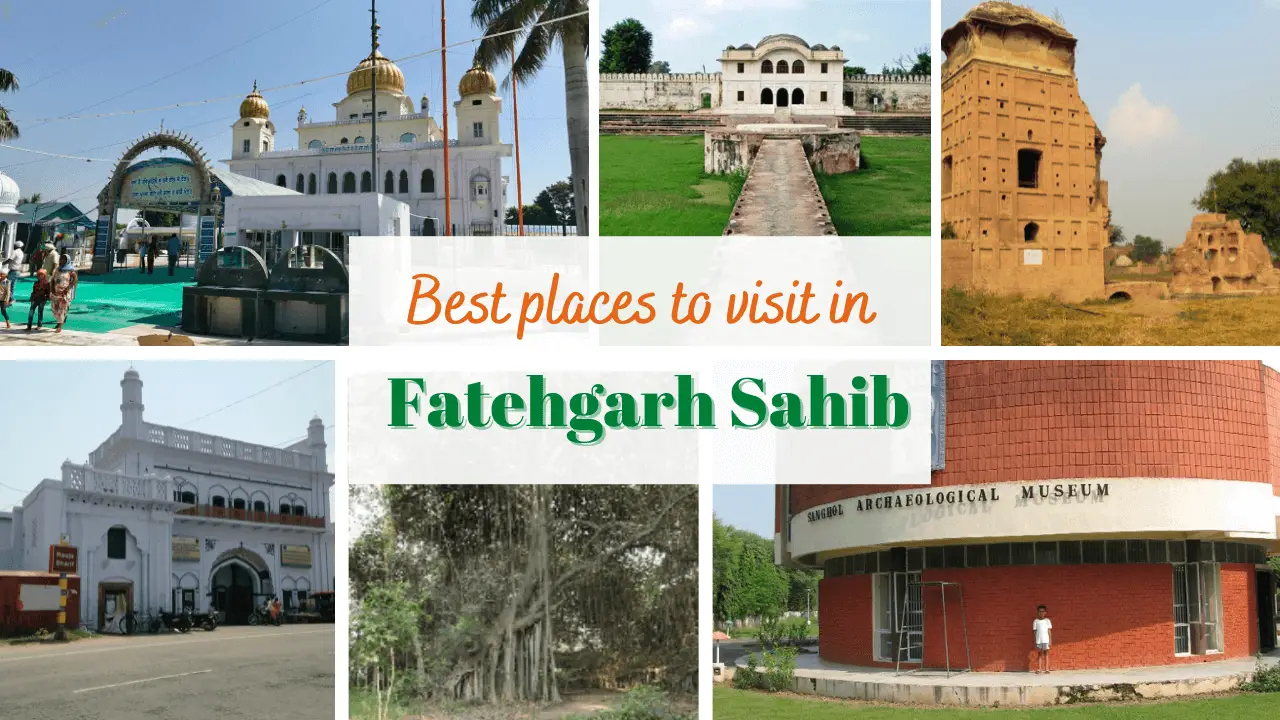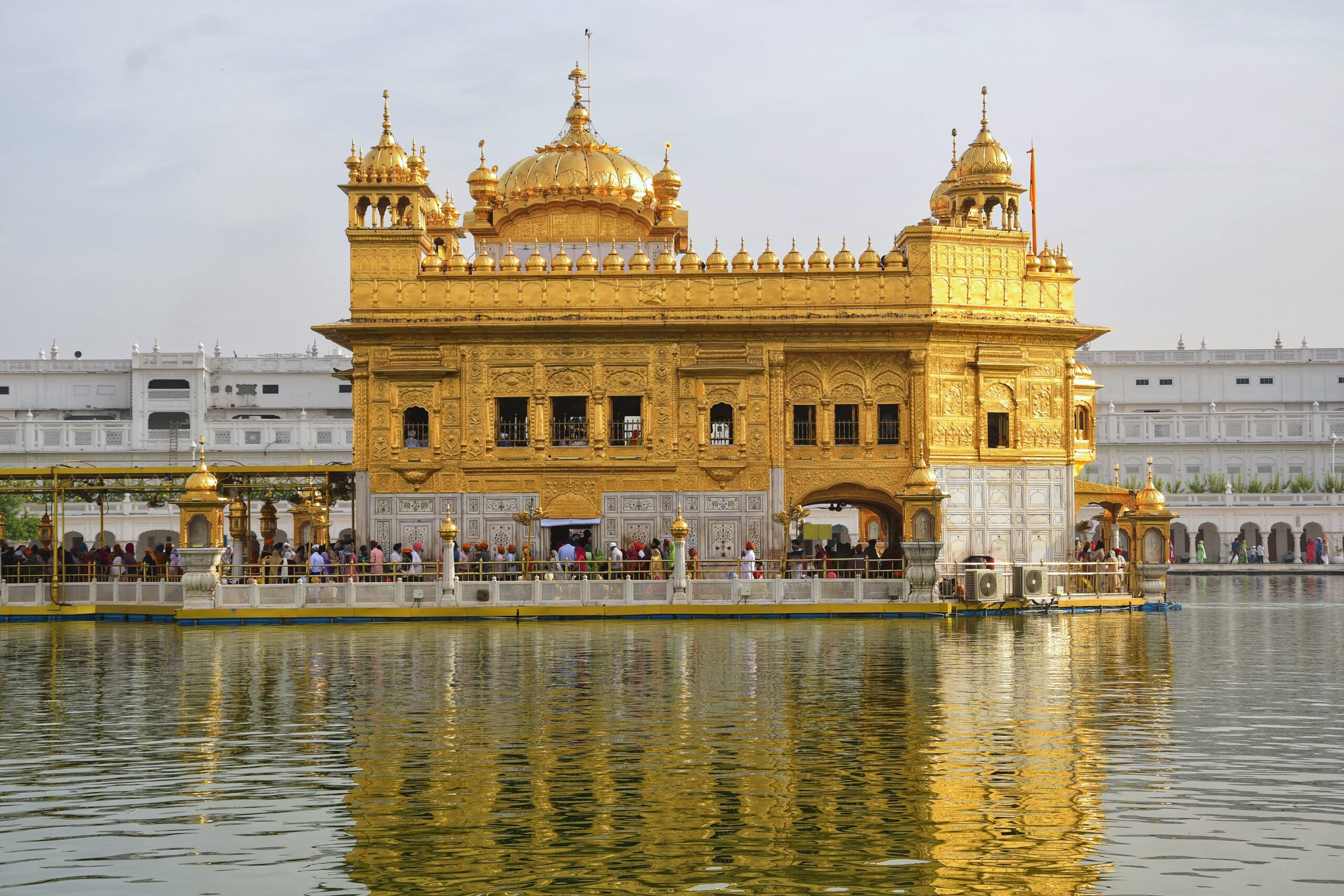Introduction
India, a tapestry of cultures woven with threads of history, beckons travelers with its magnificent historical places. These landmarks narrate tales of empires, love, spirituality, and artistic brilliance. In this exploration, we delve into five iconic historical sites in India, each holding a unique chapter of the country’s past.
5 Famous Historical Places to visit In India
- Taj Mahal: A Symbol of Love
- Jaipur’s Hawa Mahal: The Palace of Winds
- Fatehpur Sikri: A City Frozen in Time
- Hampi: Ruins Amidst Nature’s Splendor
- Red Fort, Delhi
1. Taj Mahal: A Symbol of Love

Standing as a testament to eternal love, the Taj Mahal in Agra is an architectural marvel. Commissioned by Emperor Shah Jahan in memory of his beloved wife, Mumtaz Mahal, this ivory-white mausoleum is a blend of Persian, Islamic, and Indian architectural styles. The intricate marble inlay work and the symmetry of the complex are awe-inspiring.
- Nearest airport: Agra Airport
- Address: Dharmapuri, Forest Colony, Tajganj, Agra, Uttar Pradesh 282001
- Best time to visit: February-April
- Entry fee for Indians: ₹50
Visitor Tip: Visit at sunrise or sunset to witness the Taj Mahal bathed in a golden hue, enhancing its ethereal beauty.
2. Jaipur’s Hawa Mahal: The Palace of Winds

Jaipur, known as the Pink City, houses the enchanting Hawa Mahal, also known as the “Palace of Winds.” Built in 1799 by Maharaja Sawai Pratap Singh, this five-story palace with its uniquely designed honeycomb facade allowed royal women to observe street processions without being seen. The pink sandstone structure stands as a vivid example of Rajput architecture.
- Nearest airport: Jaipur Airport
- Address: Hawa Mahal Rd, Badi Choupad, J.D.A. Market, Pink City, Jaipur, Rajasthan 302002
- Best time to visit: November-February
- Entry fee for Indians: ₹50
Cultural Insight: Hawa Mahal represents the rich cultural heritage of Jaipur and offers panoramic views of the city.
3. Fatehpur Sikri: A City Frozen in Time

Emperor Akbar’s vision came to life in the form of Fatehpur Sikri, a city meticulously planned and built in the 16th century. Despite being deserted, its architectural grandeur remains intact. The Buland Darwaza, a colossal entrance, and the Jama Masjid are prime examples of the city’s historical significance. Preservation efforts aim to maintain the site’s cultural legacy.
Historical Insight: Fatehpur Sikri was the capital of the Mughal Empire for a short-lived period, and its architectural brilliance reflects Akbar’s inclusive vision.
4. Hampi: Ruins Amidst Nature’s Splendor

Nestled in the heart of Karnataka, Hampi is a UNESCO World Heritage Site that transports visitors to the Vijayanagara Empire era. Amidst the boulders and banana plantations, the ruins of temples, palaces, and market streets paint a vivid picture of a bygone civilization. The Virupaksha Temple and the Stone Chariot are iconic structures amidst the captivating landscape.
Natural Fusion: The juxtaposition of historical ruins against the backdrop of Hampi’s natural beauty creates a unique and mesmerizing atmosphere.
5. Red Fort, Delhi

The Red Fort is a historic fort in Delhi, India. It was built by the Mughal Emperor Shah Jahan in the 17th century. The Red Fort is made of red sandstone and covers an area of over two hundred acres. It is surrounded by a high wall with several gates.
The Red Fort has several palaces, gardens, and courtyards. The most famous attractions within include Diwan-i-Aam, Diwan-i-Khas, and Pearl Mosque, among others.
- Nearest airport: Indira Gandhi International Airport
- Address: Netaji Subhash Marg, Lal Qila, Chandni Chowk, New Delhi, Delhi 110006
- Best time to visit: November-March
- Entry fee for Indians: ₹35
The Red Fort was the main residence of the Mughal Emperors for nearly 200 years. It was also the site of several important events in Indian history. In 1947, India’s first Prime Minister, Jawaharlal Nehru, raised the Indian flag at the Red Fort to mark India’s independence from British rule. You can count Red Fort among the top 15 historical places in India.
Conclusion
India’s historical places are not merely relics of the past; they are living narratives that bridge the gap between history and the present. From the poignant symbol of love at the Taj Mahal to the architectural brilliance of Fatehpur Sikri, each site encapsulates a slice of India’s rich heritage. As you embark on a journey through these historical gems, you not only witness the burst of artistic brilliance but also feel the perplexity of time echoing through the centuries.
Also Read: What is the nightlife style in punjab?
FAQs
How can I reach these historical places?
All the mentioned places are well-connected by road, rail, and air. Major cities like Delhi, Jaipur, and Agra serve as gateways to these historical wonders.
Are these sites child-friendly?
Yes, these sites are suitable for visitors of all ages. However, it’s advisable to check specific guidelines for each location, especially for infants and toddlers.
Can I hire a local guide at these historical places?
Yes, hiring a local guide is recommended to gain in-depth insights into the history, architecture, and cultural significance of these places.
Are there nearby accommodation options?
Yes, each location has various accommodation options, ranging from budget to luxury, ensuring a comfortable stay for visitors.
Are these historical sites wheelchair accessible?
Accessibility may vary, but efforts have been made to make these sites inclusive. It’s advisable to check with authorities or guides for specific details on accessibility.










